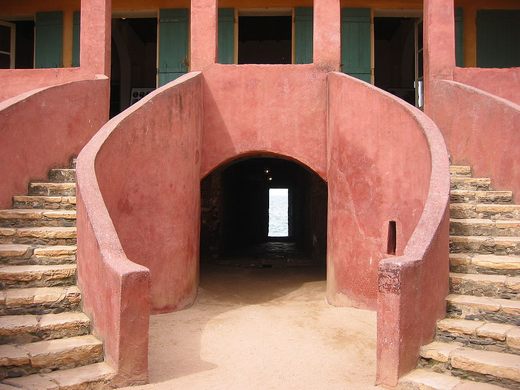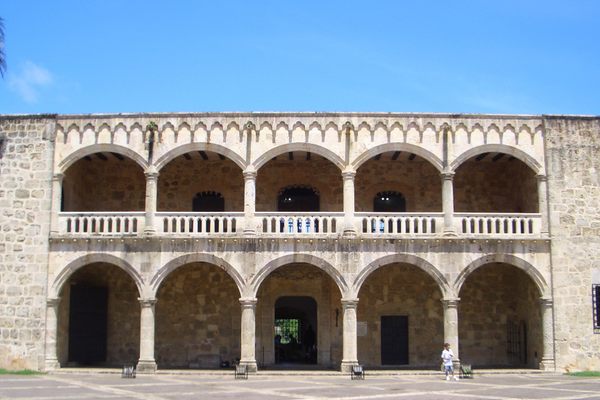House of Slaves
Despite a fraught and controversial history this African island holds a powerful monument to the tragedy of the slave trade.
The transatlantic slave trade is largely consigned to public consciousness and history textbooks, but there exists many places where the full force of humanity’s cruelty can still be heartbreakingly felt, even if the place didn’t see much slavery itself.
The House of Slaves on Gorée Island, Senegal is just such a place. The island itself, resting off the coast of Dakar, the capital of Senegal emits a rather somber vibe, something that more resembles a graveyard than a tropical island. There seems to be a respectful understanding that underneath the gentle sound of the sea breeze lurks the pain and silent screams of its past. Acting as a stopover where enslaved African people would be processed and shipped away, the House of Slaves was a market where Africans would be shipped by middlemen from mainland West Africa, and then traders could visit, and purchase enslaved people before leading them through what is now called the Door of No Return, filling small boats before returning to their main vessel stationed just off the island. The island is believed to have processed hundreds, perhaps thousands of enslaved men, women, and children, with some estimates even suggesting millions. However, many scholars have called the veracity of the island’s legacy and its House of Slaves into question.
Historians are yet to settle the numbers, but it has been argued by many that the site was a minor location in the slave trade, and some have even questioned whether it was a part of it at all. Regardless of the actual numbers, most agree that what matters is the island’s symbolism, and the House of Slaves is best considered a memorial as opposed to a historic site.
The voyage of enslaved people from the west coast of Africa to the Americas was known as the Middle Passage. Enslaved people endured traumatic conditions on slavers’ ships, including cramped quarters, disease, meager rations, and physical and sexual assault.
The House of Slaves itself is now a museum. An evocative structure complete with iron shackles and dingy cells where the slaves were said to have been crushed together in horrifying darkness, awaiting their inescapable fate. The historical controversy aside, the site’s power as a grim testament to one of our species’ darkest eras has garnered visits from such luminaries as Nelson Mandela and Barack Obama.






















Follow us on Twitter to get the latest on the world's hidden wonders.
Like us on Facebook to get the latest on the world's hidden wonders.
Follow us on Twitter Like us on Facebook